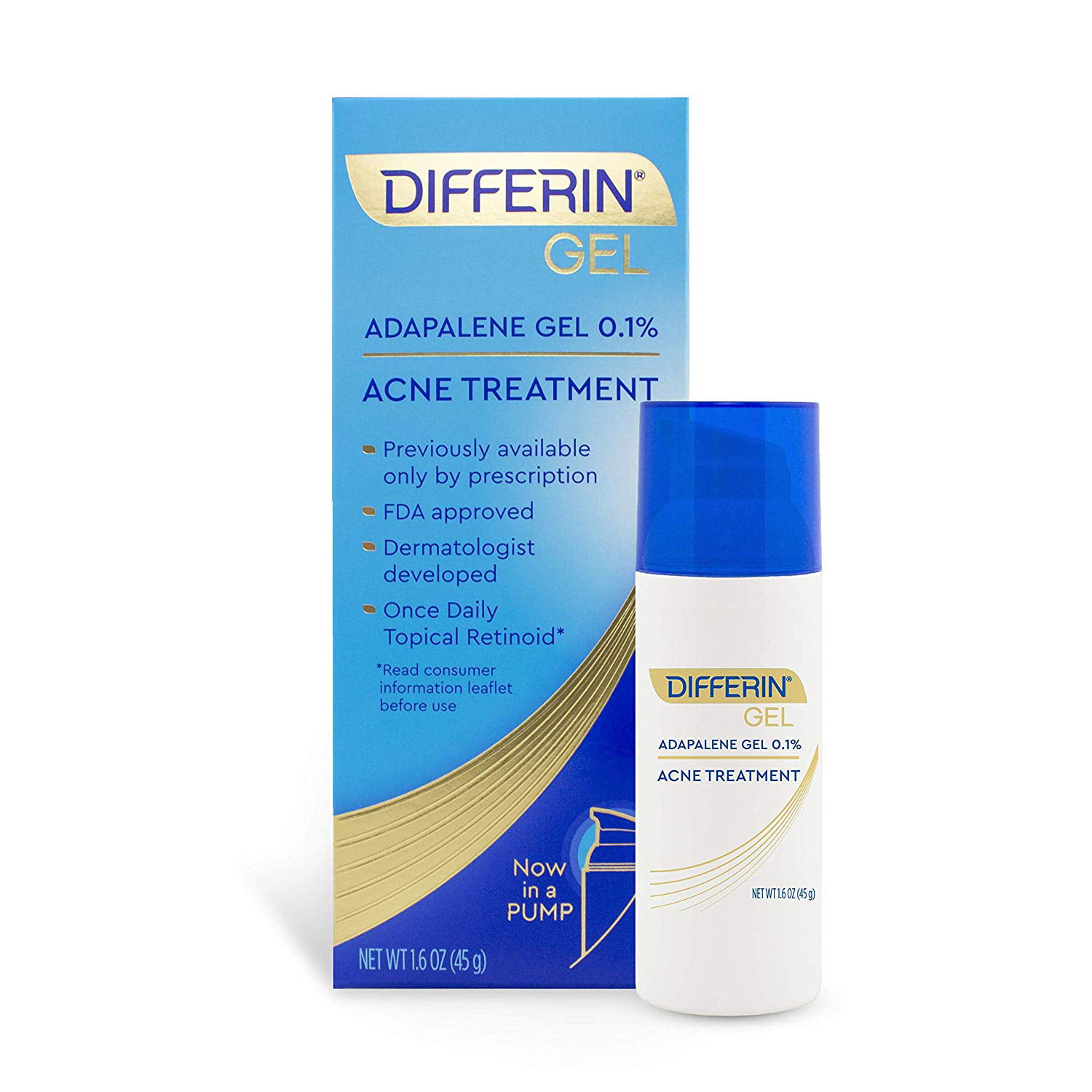

Stops the development of new acne lesions and encourages cell turnover, unplugging pimples. Erythromycin and clindamycin are commonly used. Helps stop or slow down the growth of the bacteria and reduces inflammation. These may be in the form of a cream, gel, lotion, or solution.
#Acne medication skin#
Medicines you apply to the skin are often prescribed to treat acne. In some cases, a combination of both types of medicines may be advised. Some of these medicines need to be prescribed by your healthcare provider. Treatment for acne may include medicines you apply to your skin or medicine you take in pill form. Treatment for acne focuses on minimizing scarring and improving appearance. Your healthcare provider will consider your age, overall health, the severity of the acne and other factors in determining what treatment is best for you. Your healthcare provider can usually diagnose acne by examining your skin. Always talk with your healthcare provider for a diagnosis. However, acne most often appears in areas where there is a high concentration of sebaceous glands, including:Īcne may look like other skin conditions. What are the symptoms of acne?Īcne can appear as pimples without abscesses or pus-filled cysts that rupture and result in larger abscesses. Pollution or humidity can also irritate the skin. Skin may also become irritated with friction or pressure from helmets, backpacks, or tight collars. Squeezing the pimples or scrubbing the skin too hard can make acne worse. Oil and grease from the scalp, mineral or cooking oil, and certain cosmetics Hormone level changes during a woman’s menstrual cycleĬertain medicines (such as corticosteroids, lithium, and barbiturates) Other causes of acne may include the following: Rising hormone levels during puberty may cause acne. The basic acne lesion is called a comedo.

Nodules: These are hard, large, painful pimples that arise deep in the skin.Ĭysts: Pus-filled, deep, painful pimples that often result in scars. These are characteristics of inflammatory acne. Pustules: Pimples that have pus on the top and are red on the bottom of the lesion. Papules: These are tender, small pink bumps. It's from the process of oxidation when the sebum is exposed to air. Although these pimples are black, the color is not from dirt. Whiteheads (closed comedones): These pimples are sealed over and have a small white pus filled top.īlackheads (open comedones): These pimples have a small, black opening at the top. When follicles become plugged, skin bacteria begin to grow inside the follicles. However, skin cells can plug the follicles. Normally, the sebum produced travels through the hair follicles to the skin. This causes the sebaceous glands to make more oil. During puberty, the male sex hormones (androgens) increase in both boys and girls. However, acne most often begins in puberty. Even people in their 40s and 50s can have acne. between 11 and 30 years old will be affected by it. When the glands get clogged, it can lead to pimples and cysts.Īcne is very common.

The sebaceous glands secrete oils (sebum) to keep the skin moist. Acne is a disorder of the hair follicles and oil glands (sebaceous glands).


 0 kommentar(er)
0 kommentar(er)
